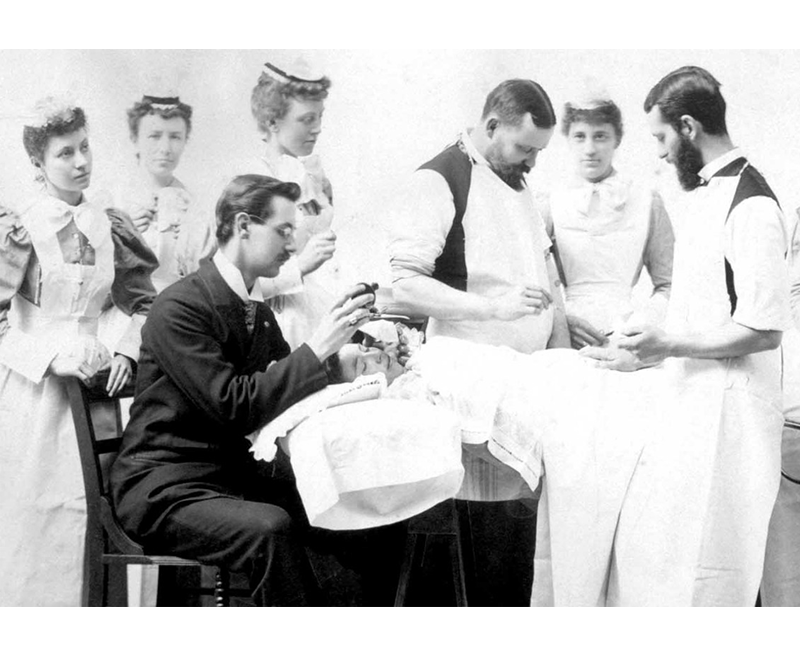
La greffe de cheveux est un domaine en constante évolution avec les innovations technologiques. Bien qu'il n'existe actuellement aucun remède contre la chute des cheveux, la greffe de cheveux offre une solution permanente. Les origines de la greffe de cheveux moderne remontent au 19ème siècle, lorsque l'étudiant en médecine allemand Johann Friedrich Dieffenbach a mené des expériences de transplantation de cheveux sur des animaux. Dans les années 1930, les techniques chirurgicales ont commencé avec des greffes de sourcils et de cils au Japon et ont évolué vers la greffe de cheveux, qui s'est répandue dans le monde entier après la Seconde Guerre mondiale. Les pratiques modernes de greffe de cheveux ont débuté dans les années 1950 avec les travaux du Dr. Norman Orentreich à New York. Orentreich a démontré que les cheveux transplantés continuaient de pousser, marquant une avancée significative dans le domaine de la greffe de cheveux. Dans les années 1980, avec les contributions de certains médecins brésiliens, les techniques ont été perfectionnées et des milliers de follicules pileux ont été transplantés en une seule fois en utilisant la méthode microchirurgicale du Dr. Rassman des États-Unis. Dans les années suivantes, des techniques telles que la Transplantation d'Unités Folliculaires (FUT), l'Extraction d'Unités Folliculaires (FUE) et l'Implantation Directe de Cheveux (DHI) ont été développées. La FUE a été introduite dans la littérature en 2002 par le Dr. Rassman et le Dr. Bernstein. En 2007, elle a été transformée en technologie de greffe de cheveux robotisée par des médecins et des experts modernes. La greffe de cheveux est devenue une technologie qui offre des solutions permanentes dans les domaines médicaux et esthétiques d'aujourd'hui.
La greffe de cheveux est une procédure médicale spécialisée au cours de laquelle des follicules pileux sont prélevés dans une zone donneuse, généralement à l'arrière ou sur les côtés de la tête, et implantés dans des zones du cuir chevelu chauves ou clairsemées. La procédure est méticuleusement réalisée par une équipe médicale qualifiée dans un environnement stérile pour garantir la sécurité et la précision.
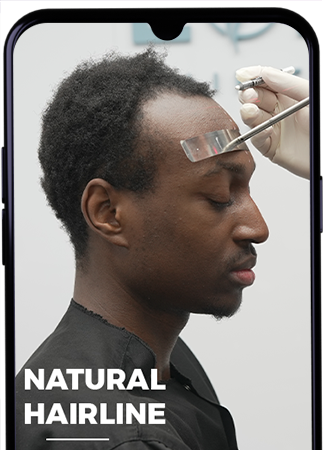
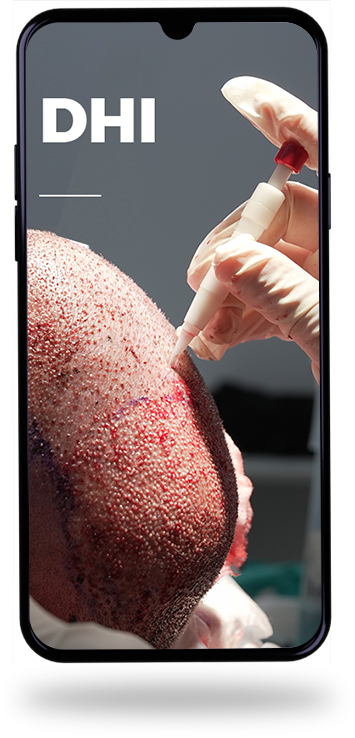
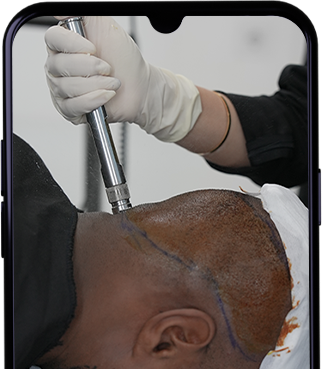
Selon la taille de la zone à restaurer, la procédure peut durer de 6 à 10 heures. L'application soignée de la technique correcte est essentielle au succès de la procédure. La greffe de cheveux offre des avantages psychologiques importants, car elle peut restaurer la confiance en soi d'une personne et améliorer son bien-être émotionnel dans les situations sociales. L'amélioration de l'apparence peut avoir un impact positif sur la vie personnelle et professionnelle d'une personne, réalisant non seulement des désirs esthétiques mais aussi des rêves de longue date de restauration capillaire. Bien qu'il existe plusieurs méthodes de greffe de cheveux, elles partagent toutes un objectif commun : restaurer les cheveux de manière naturelle et permanente. L'utilisation de l'anesthésie locale rend la procédure pratiquement indolore, permettant aux patients de rester éveillés et à l'aise tout au long de la procédure. Bien que la Transplantation d'Unités Folliculaires (FUT) ne soit plus la méthode préférée aujourd'hui, des techniques telles que l'Extraction d'Unités Folliculaires (FUE) et l'Implantation Directe de Cheveux (DHI) sont largement utilisées. Et avec les avancées modernes, les temps de récupération sont plus courts et les résultats sont plus naturels que jamais. Cette combinaison d'expertise médicale, de planification minutieuse et de techniques de pointe fait de la greffe de cheveux un choix de plus en plus populaire pour ceux qui cherchent à traiter la chute des cheveux.
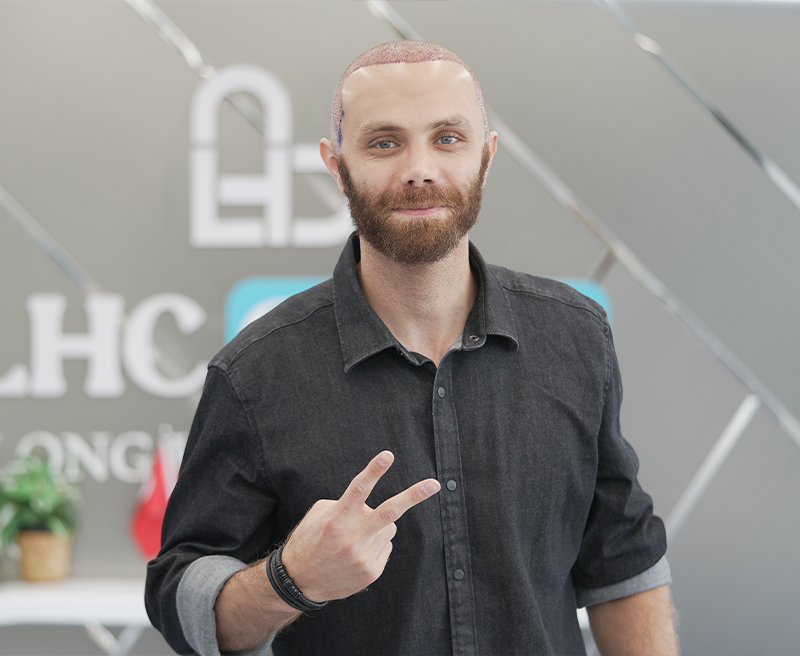
Une opération de greffe de cheveux doit être réalisée en milieu hospitalier dans des conditions stériles par une équipe médicale pleinement qualifiée et expérimentée. Il existe diverses techniques de greffe de cheveux, et la méthode la plus appropriée dépend de facteurs individuels tels que l'âge, le sexe, le type de cheveux, le taux et le schéma de la chute des cheveux, la qualité de la zone donneuse et le niveau de calvitie. Les techniques les plus courantes incluent :
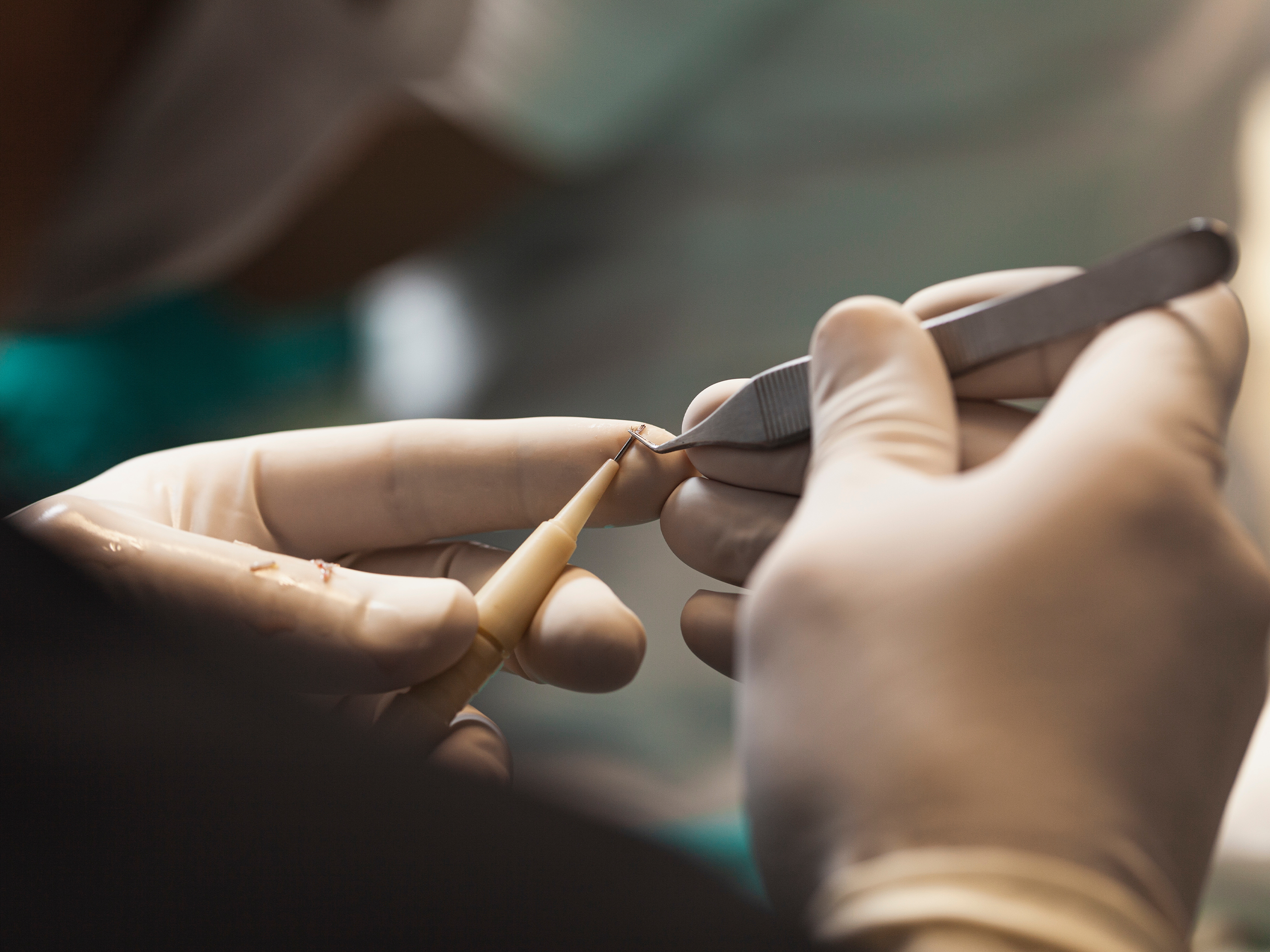
The hair grafts are extracted from the backside of the head, which we determine as between two ears and above the neck. The reason for choosing this specific area as a donor (extraction zone) is that the hair grafts in this region are genetically encoded against inherent hair fall. If the extraction process from this region is performed with better quality artistry, hair fall will never occur for a lifetime. Therefore, we take the hair grafts from this region.
The implanted hair may fall out within 2-3 weeks after transplantation. This is a normal process. New hair will begin to grow approximately 3-4 months later, and you can see the final results after 6-12 months. Complete growth can take up to 18 months.
No, the implanted hair generally does not fall out again. Hair extracted from the back of the head is genetically resistant to hair loss and remains permanent. However, existing natural hair may continue to fall out with age, so additional transplantation may be necessary if needed.
The surgery is performed under local anesthesia, so there is almost no pain during the procedure. There may be mild discomfort or swelling after surgery, but this can generally be managed with mild painkillers. Most patients can return to normal activities the day after surgery.
You are welcome to come with your family. There may be an additional charge for companion accommodation, but this is optional. It may vary depending on the accommodation package, so please check the details when making a reservation. Generally, all services are included for one patient.
The operation time varies depending on the number of follicles to be transplanted. Generally, 1000-2000 follicles take 4-6 hours, 2000-3000 follicles take 6-8 hours, and 3000 or more follicles take 8-10 hours. The surgery is completed in one day, including rest time.
